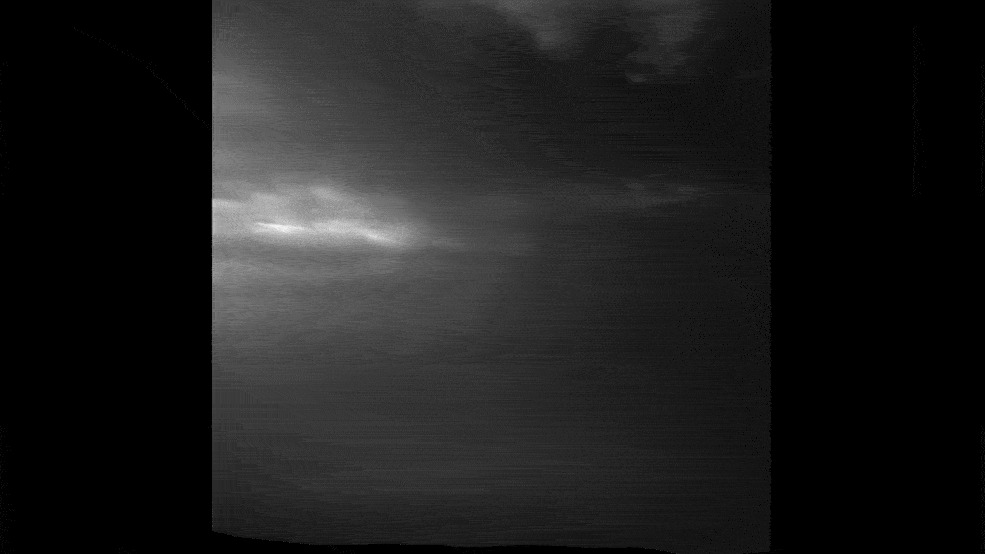NASA Curiosity rover's latest clay discovery hints at ancient lakes
NASA has announced that its Curiosity rover confirmed the presence of clay in the Martian region it is exploring. That area, which is called the 'clay-bearing unit,' is the rover's latest point of interest due to what researchers say were signs hinting at the presence of clay minerals. The 'clay cache,' as NASA calls it, was confirmed in a pair of drilling sites called Kilmarie and Aberlady.
NASA announced on Wednesday that the two drilling samples retrieved from Kilmarie and Aberlady had the highest clay mineral quantities the rover has ever found during its time on Mars. Curiosity commemorated the moment with a new selife snapped on May 12, also referred to as the 2,405th Martian day of the rover's mission.

The drilling site is located on Mouth Sharp's lower portion; NASA's experts spied the clay-enriched region prior to the Curiosity rover's arrival on Mars back in 2012. The confirmation hints at the previous existence of 'a significant amount of water' in the Martian Gale Crater, according to NASA, which points out that clay typically forms in water.
A mineralogy instrument on the rover called CheMin analyzed these rock samples, finding high levels of clay minerals and very small amounts of hematite. The space agency has been busy exploring Mount Sharp and its surrounding region for signs that Mars once had conditions that would have been able to support life.
Though the samples confirmed that part of Mars is clay-enriched, as anticipated, NASA says it is yet to understand what this discovery means for the Martian region. The space agency calls it 'likely' that the rocks were once layers of mud that formed in ancient lakes. Additional research will hopefully unravel this mystery.
